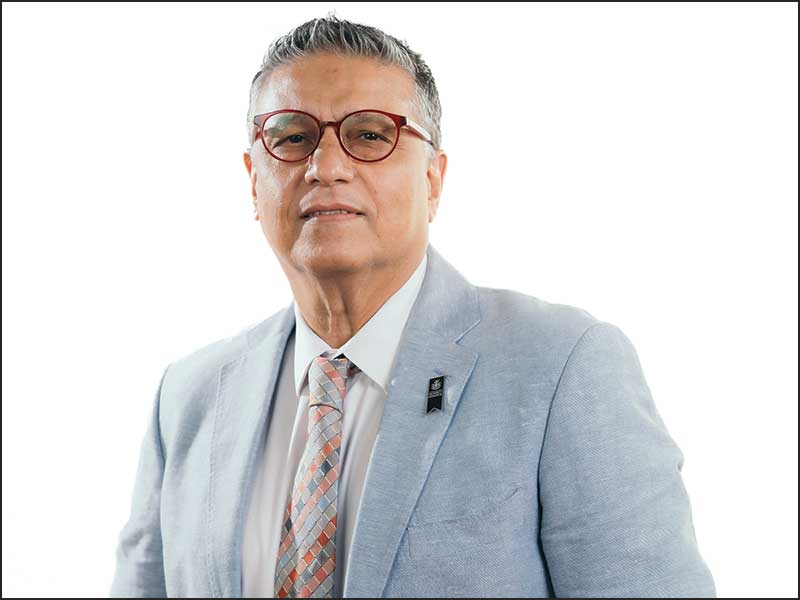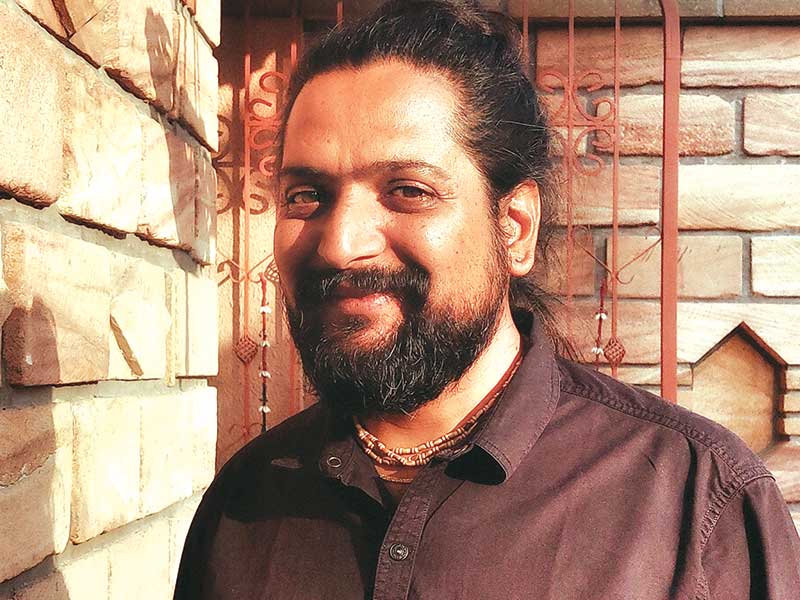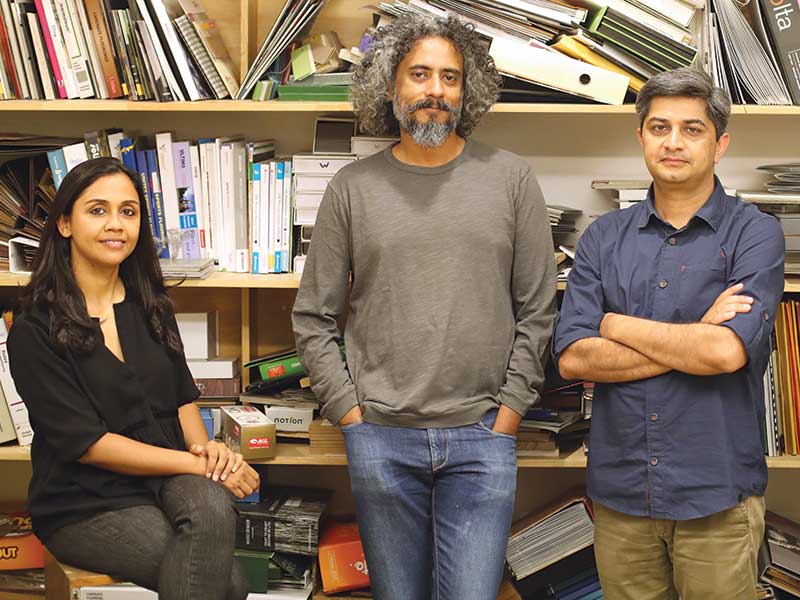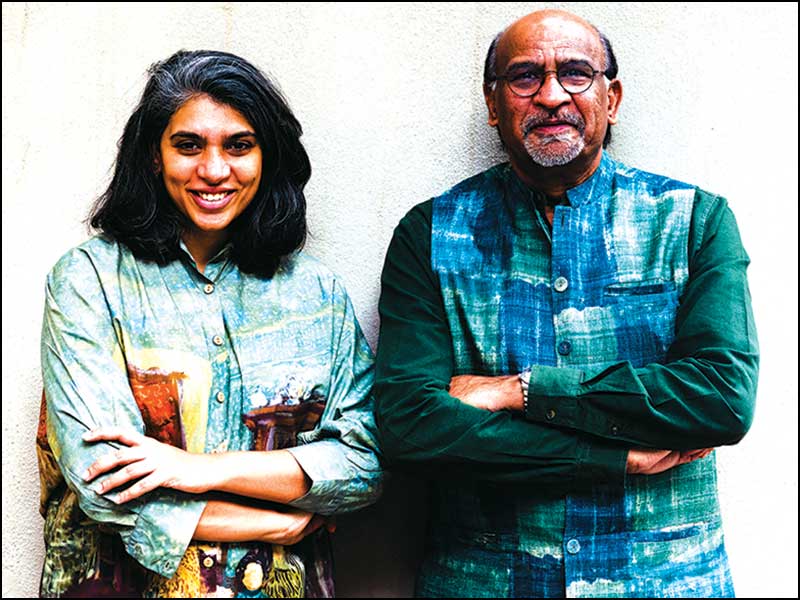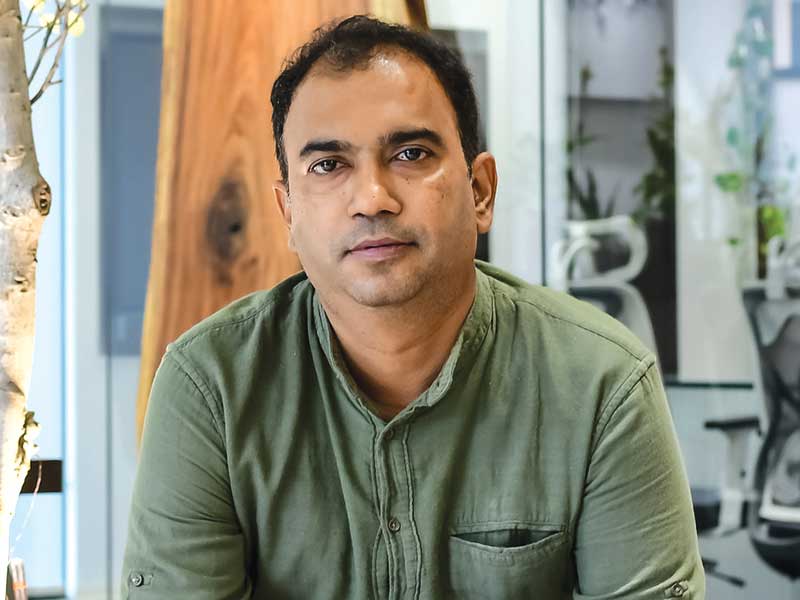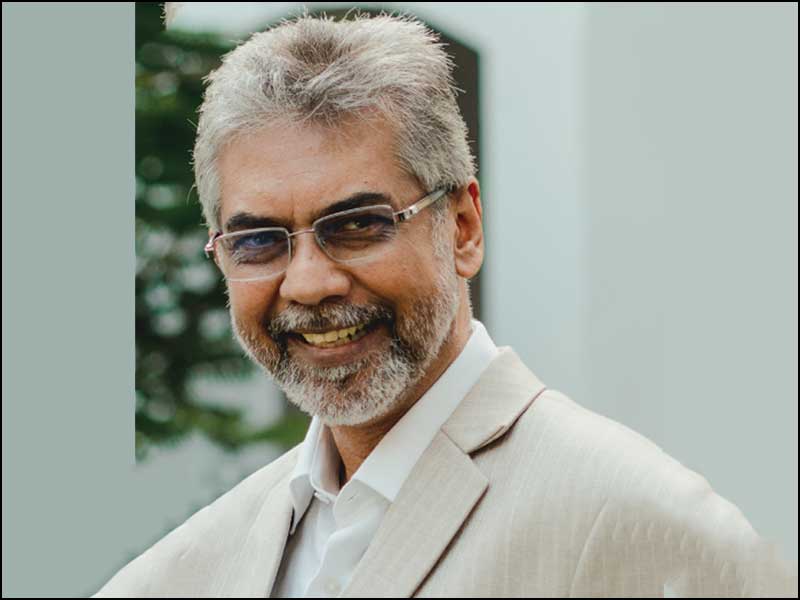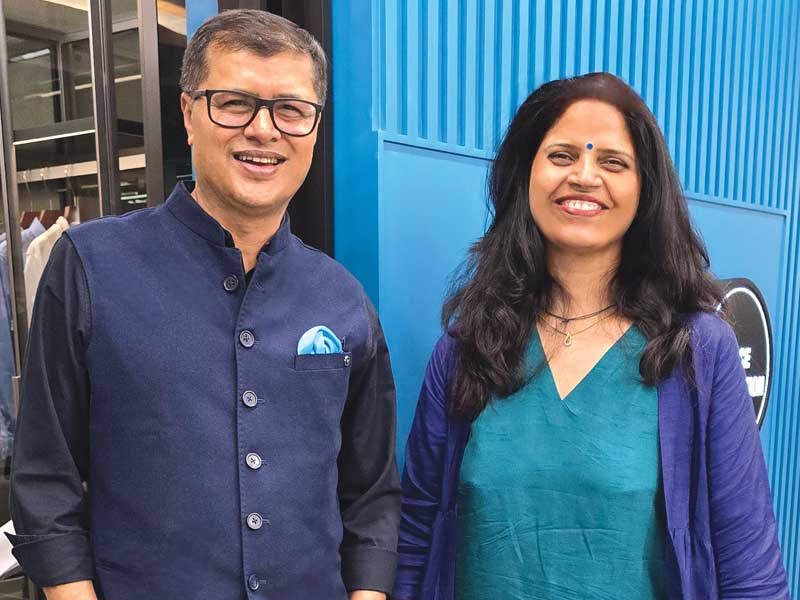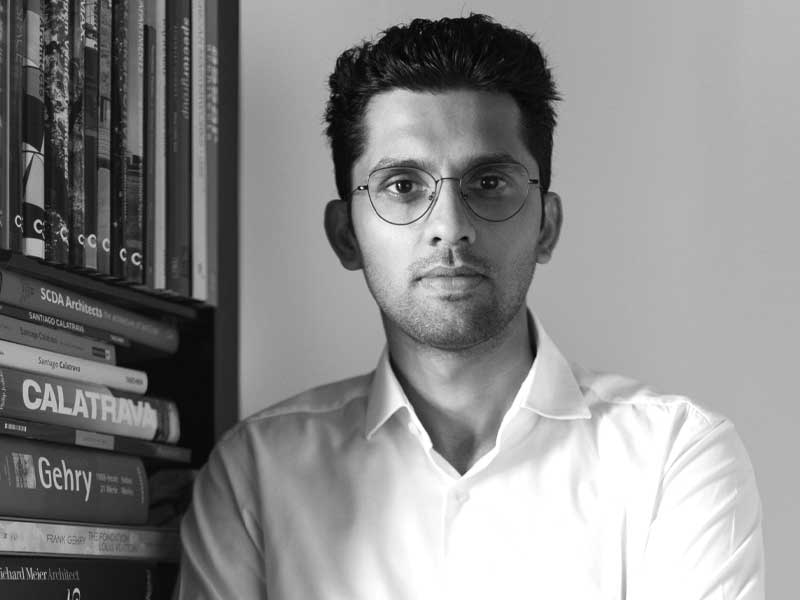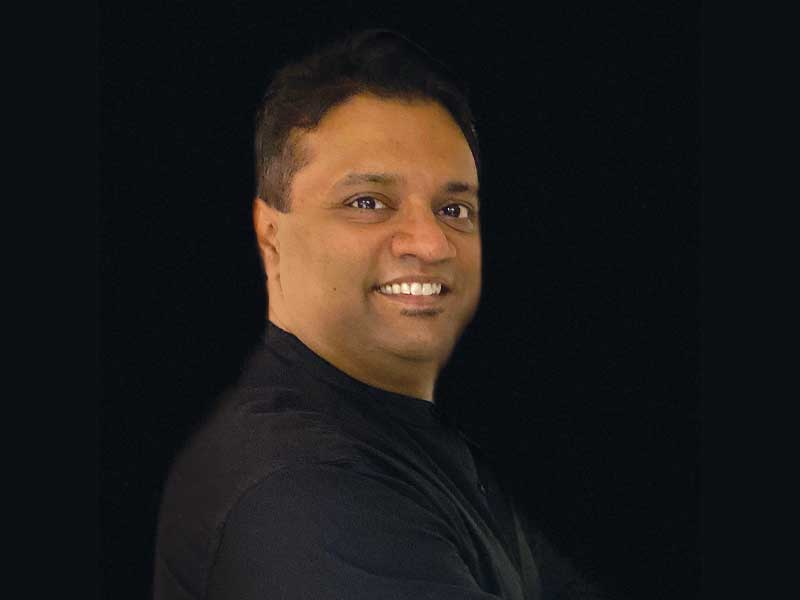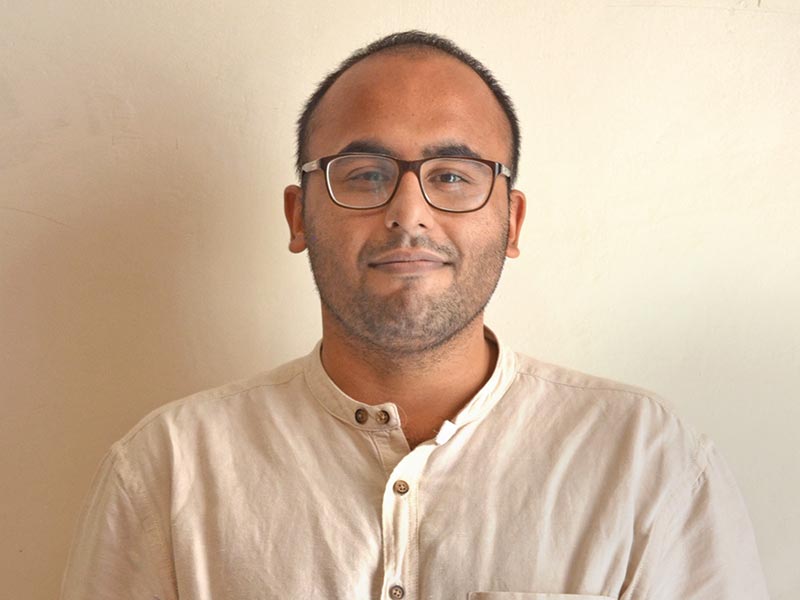
There is a major shift in the practice of architecture and design in India. Personal practices in general are becoming obsolete. Profession is now being operated at the organizational level, with allied departments of engineering, design and financial sector co-existing. Era of individual practice and personal perspectives and philosophies is giving way to larger collectives with collaborative working styles and ideas.
Global architectural community has had a great influence in triggering this shift in the profession. In the last 30 years, all major offices at the global scale have started working in a collaborative fashion. No individual is responsible for the direction and growth of the company, rather, a common thread of philosophy is followed by a large group of people, and this thread generally forms the overall image and philosophy of the firm.
Technology has allowed end-users to become an integral part of the design process.
 Minaret House
Minaret HouseWith the growing ecological concerns, building materials will be eventually shifting from the category of “needs of trend” to the “needs of existence.”
Traditional materials have always made sense in architecture as they were locally available and required less energy input in transportation. In rural/off grid settings, brick, bamboo, mud and timber make sense, but in urban settings, industrialized materials generally make more sense (as they are readily available).
However, with the degrading environmental conditions and growing consumption, complete energy analysis of the materials shall form the basis of selection. They will have to be chosen primarily on the basis of their input energy - also known as the embodied energy. This calculation involves the complete lifecycle of the chosen material; so, the lesser the embodied energy, more the preference to be given to the material.
Pre-fabricated construction techniques only make sense in places where there is shortage of suitable construction material and trained workforce.
Off-grid areas with un-organized supply of materials and un-trained workforce generally create the need for pre-fabrication. It is now becoming a more opted solution for construction in a lot of regions. However, India has an enormous workforce (unlike the Western nations). So, rather than making pre-fabrication a construction norm, in the longer run, it is beneficial to have training centers, more trained workers and an organized supply of materials at large levels. This shall provide greater employment opportunities and reduce the economic disparity (one of the biggest challenge faced by India).
The natural environment is changing, and so are the needs and expectations of the architecture and design industry.
Unseen challenges are coming up and professionals are gearing up to meet the requirements. Technologies, products and raw materials are evolving in conjunction to meet these needs. This process of evolution is becoming the greatest urgency and is a great challenge. The whole industry requires a change in the way we process architecture and design. A collaborative effort at an enormously large scale and on a global scale is required to understand the concerns and possible ways of addressing them. At present, things are changing for good but a lot better is needed.

